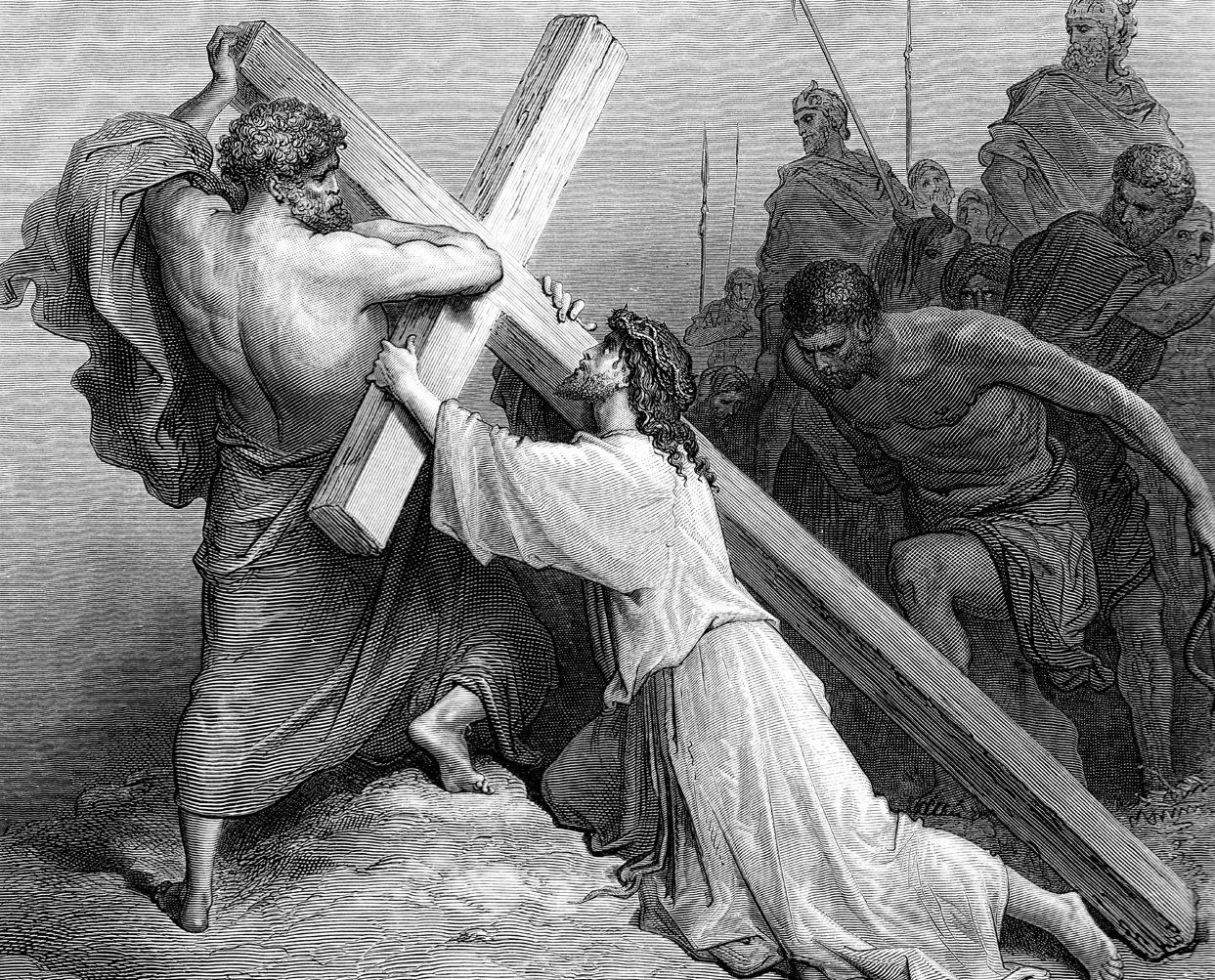Christ upon the cross stands at the center of history. Adam and Eve and their ancestors divorced themselves from God by sin: “Not thy will, but mine be done.” But a heaven-sent second Adam takes on our fallen state and lifts us up on the cross—like a “cosmic hoist,” according to St. Ignatius of Antioch—into heaven. “Not my will,” he says, “but thine be done.”
History’s pivotal moment, the Paschal Mystery of Jesus, also forms the center of each day at Mass, each week on Sunday and each year during the Paschal Triduum. “Triduum” means “three days,” a roughly 72-hour period beginning with the Mass of the Lord’s Supper on Holy Thursday and concluding with Evening Prayer on Easter Sunday.
This is how the Church describes this three-day temporal observance of the eternal Paschal Mystery: “Since Christ accomplished His work of human redemption and of the perfect glorification of God principally through His Paschal Mystery, in which by dying He has destroyed our death, and by rising restored our life, the sacred Paschal Triduum of the Passion and Resurrection of the Lord shines forth as the high point of the entire liturgical year.” (Norms on the Liturgical Year, 18)
What is so beautifully remarkable about the liturgical celebrations of the Paschal Triduum is not that they merely recall or re-enact, as in a pageant or Passion Play, Christ’s Paschal Mystery. Rather, His cross and Resurrection are actually made present before us. As the Fathers of the Second Vatican Council put it, Jesus’ saving works “are in some way made present for all time, and the faithful are enabled to lay hold upon them and become filled with saving grace.” (SC, 102)
Lent, then, is a time to prepare to help carry the cross of Christ, not unlike Simon of Cyrene, and to join ourselves to Jesus in His offering. No easy task! It takes 40 days of intense prayer, fasting and almsgiving to train for our part in the Paschal event.
Similarly, the Easter season is a span of time —50 days—to participate in the joy of Jesus’ Resurrection. For 40 days, we train ourselves to join in Christ’s suffering and death; for 50 days, we celebrate the Resurrection and Ascension—Christ’s and yours and mine.
Lent, then, is a time to prepare to help carry the cross of Christ, not unlike Simon of Cyrene, and to join ourselves to Jesus in His offering.
The Church’s tradition likens the importance of the Easter season in the yearly calendar to the honored place that Sunday occupies among the seven days of the week. St. Athanasius even says that “the 50 days from the Sunday of the Resurrection to Pentecost Sunday are celebrated in joy and exultation as one feast day, indeed as one ‘great Sunday.’” (Norms on the Liturgical Year, 22)
Easter’s 50 days are also likened to a “week of weeks,” seven days times seven weeks making 49 days, after which, on the 50th day, the Holy Spirit descends upon the apostles and the Church. The human weaknesses of Ash Wednesday and Lent are now replaced by the divine power of Easter and Pentecost. The first Adam has been redeemed by the second Adam.
“The Lord is truly risen, Alleluia. To Him be glory and power for all the ages of eternity, Alleluia, Alleluia.” May these words from Easter Sunday’s entrance antiphon ring loudly and powerfully all throughout Easter’s 50 days!
By Christopher Carstens, Director of the Office for Sacred Worship

